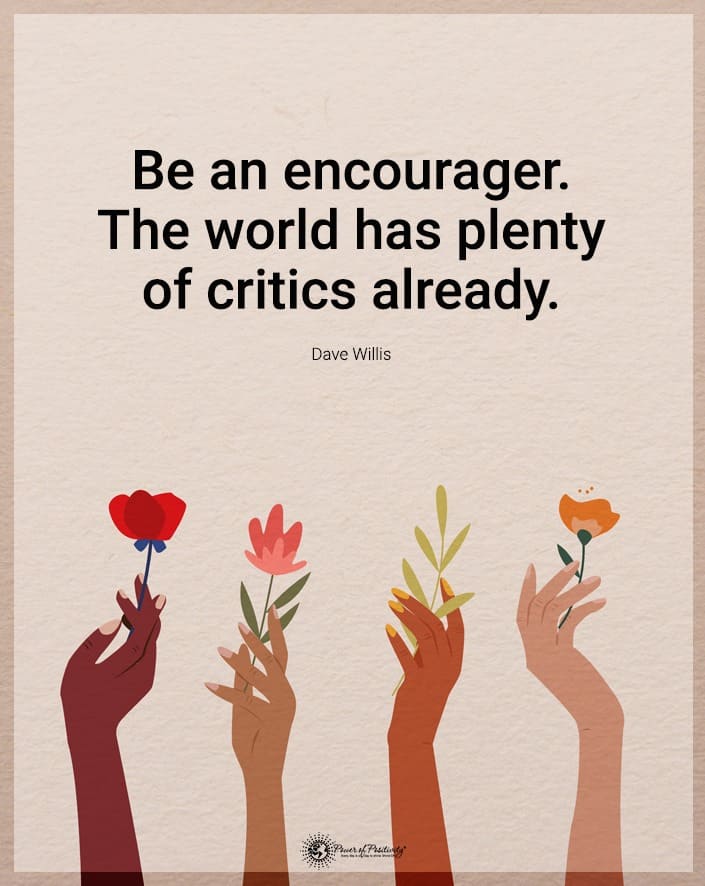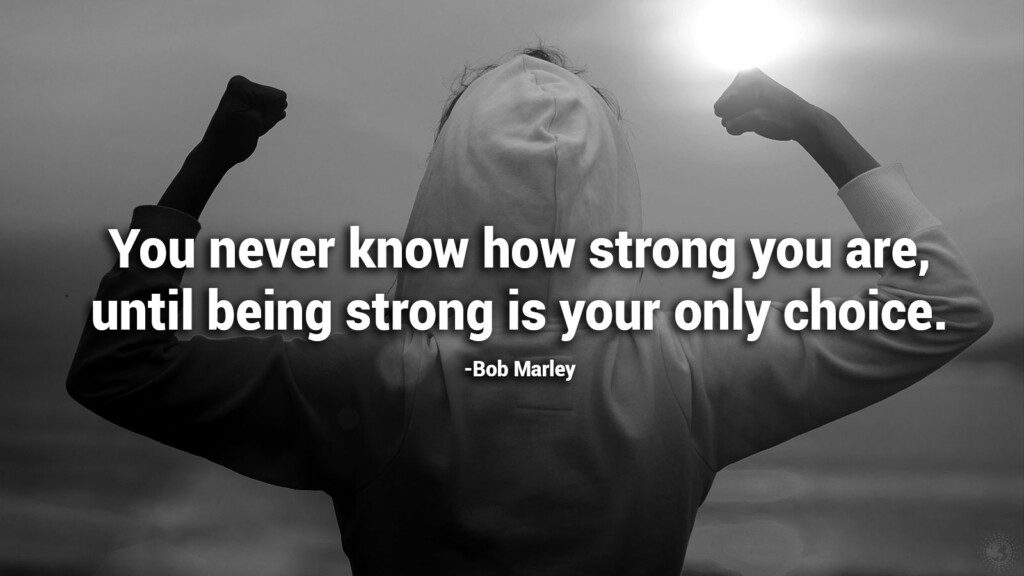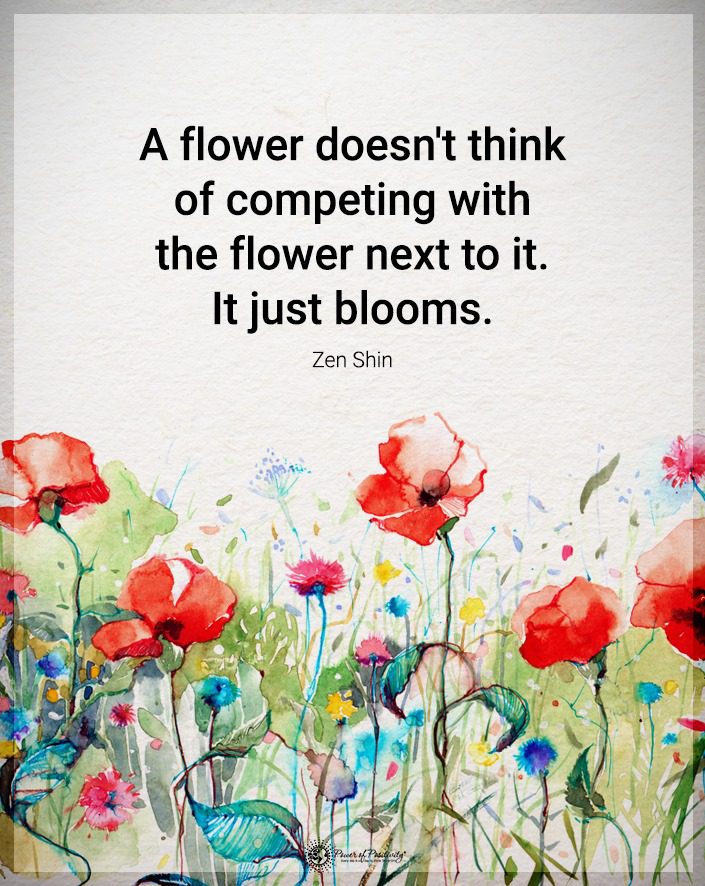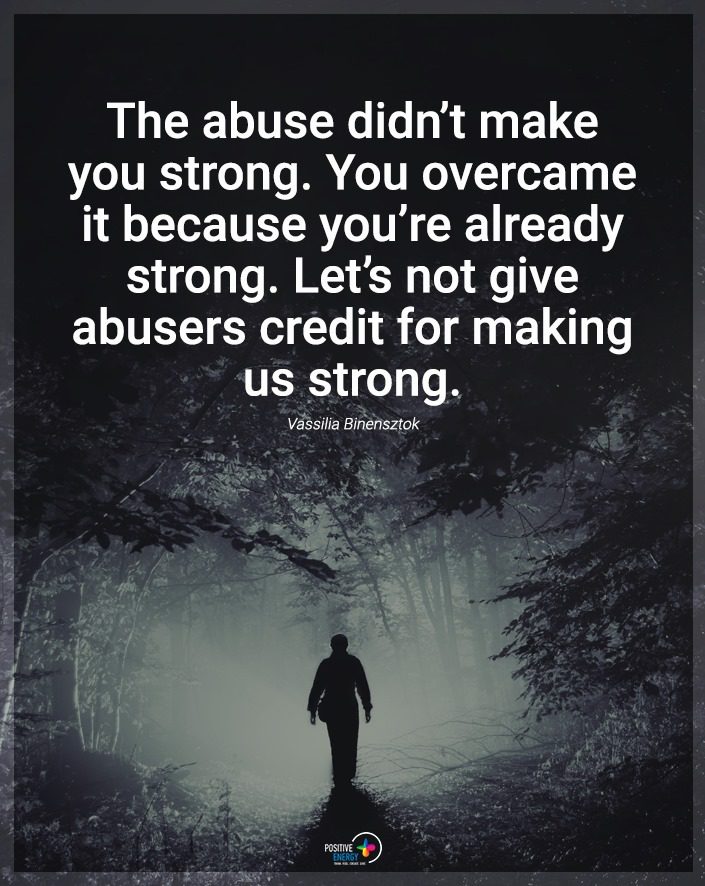Here’s how to increase the positive and let go of the negative.
We live in a more fast-paced world than any preceding generations have ever seen. As a result, getting caught up in a whirlwind of stress, anxiety, and negativity is easier than ever. But what if we could shift our focus and attract more positivity?
Pursuing a more positive lifestyle is not just about feeling good. Instead, it’s about creating a mindset that enhances our well-being, resilience, and happiness.
This journey towards a more positive life is not just a dream; it’s a practical and achievable goal. Understanding and applying specific strategies allows us to let go of negativity and embrace a life filled with optimism and joy.
Are you ready to transform your outlook and experience the power of positivity? Keep reading to discover fifteen practical ways to make this change happen.
15 Ways Move Past Negativity and Increase Positivity
Here are proven strategies to help you move into a more positive life.

1 – Understanding the Power of Positivity
Positivity is more than just a fleeting feeling; it’s a transformative mindset that can significantly impact every aspect of your life. When you embrace positivity, you’re happier and better equipped to handle stress, forge stronger relationships, and enjoy improved physical health.
But embarking on this journey requires more than wishful thinking; it involves deliberate actions and a conscious shift in how you perceive the world.
By learning to focus on the positive aspects of your life and cultivating a sense of optimism, you can see a noticeable change in your overall well-being and outlook.
2 – Start with Self-Awareness
The journey to positivity begins with a deep dive into your mind. Self-awareness is about understanding your thoughts, emotions, and reactions.
Ask yourself these questions:
How do I respond to challenging situations? What are my typical thought patterns?
This introspection can be eye-opening. It helps you identify any negative thinking patterns and understand your triggers. Once you’re aware of these, you can challenge and change them.
For instance, if you focus on your weaknesses, try shifting your focus to your strengths. This change in perspective can be the first step towards a more positive outlook.
3 – Cultivate Gratitude to Boost Positivity
Gratitude is a cornerstone of positivity. It’s about appreciating what you have rather than fixating on your lack. Start by identifying things you’re thankful for.
These don’t have to be grand; even small joys count. Keeping a gratitude journal is a fun but practical way to make this a habit. Every day, write down three things you’re grateful for.
This practice trains your brain to spot the positives in your life, gradually shifting your default mindset from scarcity to abundance and appreciation.
4 – Practice Mindfulness
Mindfulness is the art of being fully present and engaged at the moment without distraction or judgment. It involves paying attention to your thoughts and emotions without getting caught up.
You can practice mindfulness through meditating, deep breathing exercises, or simply by being fully attentive to your daily activities. Mindfulness helps you become more aware of your thought patterns, particularly negative ones. Thus, it provides a space to acknowledge and release them calmly.
This awareness creates a mental environment where positivity can flourish.
5 – Foster Optimism and Positivity
Optimism is about maintaining a hopeful outlook on life, even facing challenges. It’s not about ignoring problems but approaching them, believing that positive outcomes are possible. To foster optimism, start by reframing negative thoughts.
For instance, instead of thinking, “I’ll never be able to do this,” tell yourself, “I’ll find a way to overcome this challenge.”
Also, try to visualize positive outcomes in various aspects of your life. This exercise can help shift your mindset from doubt and fear to hope and possibility, making room for a more positive and resilient you.
6 – Engage in Positive Self-Talk
The dialogue you have with yourself is compelling. Negative self-talk can significantly hinder positivity, often leading to decreased motivation and self-esteem. To counter this, actively practice positive self-talk. This concept means consciously replacing self-critical thoughts with affirmations and encouragement.
For example, if you think, “I’m not good enough,” challenge this thought with, “I am capable and worthy.” It’s also helpful to speak to yourself as you would to a friend – with kindness, understanding, and support.
Remember, positive self-talk is a skill that takes time to develop. So please be patient and persistent.
7 – Surround Yourself with People Who Exude Positivity
The people around you can significantly impact your outlook on life. Surround yourself with positive influences. Find people who uplift, support, and inspire you. The company you keep can make a huge difference in your journey towards positivity.
Seek out friends and acquaintances who encourage you, make you feel good about yourself, and have a generally optimistic outlook on life. It doesn’t mean you should avoid friends going through tough times. Instead, balance your social circle with those who bring positive energy into your life.
8 – Take Care of Your Body
Your physical well-being plays a key role in your mental and emotional well-being. Regular physical activity reduces the symptoms of depression and anxiety. It can even improve your mood.
Do some activities you enjoy, whether a brisk walk, yoga, or a team sport. Nutrition is equally important; a balanced diet can improve energy levels and well-being. Don’t forget the importance of sleep. Adequate rest is essential for emotional resilience and positivity.
By taking care of your body, you’re setting a solid foundation for a positive mindset.

9 – Embrace New Experiences
New experiences can bring a sense of excitement, growth, and joy into your life. They take you out of your routine and offer opportunities to learn and explore.
Whether it’s picking up a new hobby, traveling to a place you’ve never been, or simply trying a new cuisine, these experiences can broaden your horizons and bring a fresh perspective.
Each new experience is a chance to learn more about yourself and the world, contributing to a more positive and enriched life.
10 – Set Realistic Goals
Goal setting is a powerful tool for fostering positivity, giving you a sense of direction and purpose.
However, it’s essential to set realistic and achievable goals. Unattainable goals can lead to having feelings of inadequacy and frustration. So, break your larger goals into smaller, more manageable steps. That will give you the chance to celebrate your progress.
No matter how small, this sense of achievement can boost your self-confidence and stay motivated.
11 – Practice Kindness and Positivity in How You Treat Others
Kindness, both towards yourself and others can have a profound impact on your mental state. Engaging in acts of kindness can boost your mood and create a sense of connectedness with others.
This gesture could be as simple as complimenting someone, offering your help, or showing empathy. Don’t forget to be kind to yourself as well. Self-compassion is a critical aspect of positivity, allowing you to accept yourself as you are and forgive yourself for your mistakes.
Every act of kindness, no matter how small, contributes to a more positive and compassionate world.
12 – Limit Exposure to Negativity
Our environment and the media we consume can significantly influence our mindset. Constant exposure to negative news, pessimistic viewpoints, and toxic relationships can drain your energy and affect your mental health.
It’s essential to be mindful of these influences to foster a positive outlook. Consider reducing the time spent on social media or watching news that makes you anxious or upset. Evaluate your relationships and set boundaries with people who consistently bring negativity into your life.
Surround yourself with positivity, not just in your physical environment but also in the digital and social spaces you frequent. That doesn’t mean ignoring the realities of the world but instead finding a balance that allows you to stay informed without being overwhelmed.
13 – Seek Professional Help When Needed
Sometimes, life’s challenges can feel overwhelming, and the weight of negativity seems too heavy to carry alone. In such moments, seeking help from a mental health professional is wise and courageous.
It’s essential to recognize that it is not a sign of weakness to ask others for help. Instead, it is a step towards improving your mental health.
Therapists, counselors, and psychologists can provide support and strategies. These tools can help you cope with negative thoughts and feelings, enabling you to move towards a more positive and fulfilling life.
14 – Reflect and Adjust
Attracting positivity into your life is an ongoing journey that requires regular self-reflection and adjustment. Take time to assess your thoughts, feelings, and behaviors periodically.
Are your current habits supporting your goal of a positive life? What changes can you make to foster more positivity?
This process of reflection is not about being hard on yourself but about recognizing areas for growth and making adjustments. Remember, small changes can lead to significant shifts in your overall outlook.
15 – Celebrate Small and Large Victories
In your journey towards a more positive life, it’s crucial to acknowledge and celebrate your successes, no matter how small they may seem. Each step forward, each positive change, is a victory in itself.
Celebrating these moments can boost your confidence and motivation. Whether it’s maintaining a positive mindset throughout a challenging day, practicing self-care, or achieving a small goal, recognize and honor these achievements.
These celebrations reinforce your positive changes and motivate you on your path to positivity.
Final Thoughts on Attracting the Power of Positivity Into Your Life
The journey towards a more positive life is a multifaceted and continuous process. It involves a conscious effort to shift your mindset, embrace new habits, and make choices that align with a more optimistic and joyful way of living. Positivity is not about ignoring life’s challenges or pretending everything is perfect. It’s about focusing on the good, learning from experiences, and moving forward with hope and resilience.
Each strategy discussed in this article offers a stepping stone towards a more positive you. Whether through practicing gratitude, engaging in positive self-talk, or surrounding yourself with uplifting influences, the power to change your outlook lies within you.
As you embark on this path, be patient and kind to yourself. Change doesn’t happen overnight, and there will be times when maintaining a positive outlook feels challenging. During these moments, remind yourself of your progress, no matter how small, and remember that seeking help is a sign of strength. Celebrate your victories. Learn from life’s setbacks. Most of all, continue to grow and adjust your approach as needed.
The pursuit of positivity is a lifelong journey, one that is deeply personal and uniquely yours. Embrace it with an open heart and mind, and watch as the world around you transforms, reflecting your new, positive perspective. Shine on!





















